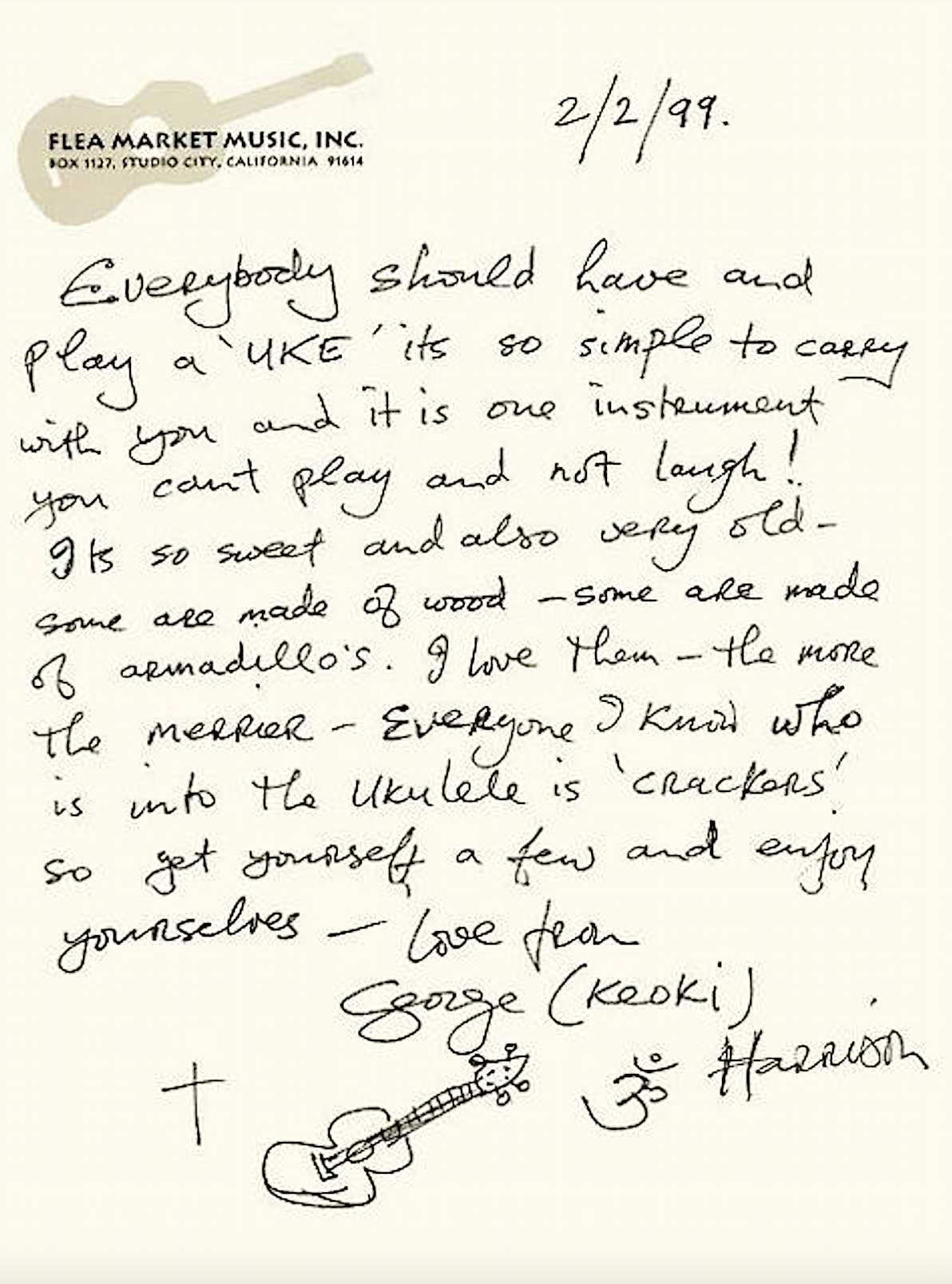Luciano Pavarotti and James Brown are remembered as larger-than-life performers with an almost mythical-seeming presence and distinctiveness. But it wasn’t so very long ago that both of them were active — and even active onstage together. In the video above, the King of the High Cs and the Godfather of Soul get together on “It’s a Man’s World” in 2002. It happened at the penultimate Pavarotti & Friends concert, one of a series of yearly benefit shows that ran between 1992 and 2003, and also featured the likes of Andrea Bocelli, Grace Jones, Sting, and Lou Reed.
“It’s a remarkable performance on so many levels,” writes Tom Teicholz at Forbes.com. “James Brown is in top form, his voice strong and pure. He commands the stage, and he dominates — he is in every sense an equal to Pavarotti, who sings in Italian with great subtlety, finesse, and emotion. The video is filled with moments of grace — such as when Brown, with a magisterial wave of his arm cedes the stage to Pavarotti to sing his solo, or when Brown says ‘my Bible says Noah made the Ark’ as if it was truly HIS Bible.”
What’s more, this is hardly the James Brown only slightly exaggerated by Eddie Murphy in those Saturday Night Live hot tub sketches a couple of decades earlier. “Brown’s performance is not about his staged theatrics, not about his dancing, not even really about Brown’s trademark grunts and growls,” Teicholz writes. “This is about singing and getting the song across,” a mission certainly not hindered by the kind of of orchestral backing they have. “It’s a Man’s World” might seem like the kind of song you “couldn’t sing today,” at least if you take its title at face value. But in any case, how many singers today would want to be subject to comparison with this particular rendition if they did so?
Related content:
Pavarotti Sings with Lou Reed, Sting, James Brown and Other Friends
Two Legends: Weird Al Yankovic “Interviews” James Brown (1986)
The Best Commercial Ever? James Brown Sells Miso Soup (1992)
Is Opera Part of Pop Culture? Pretty Much Pop #15 with Sean Spyres
Based in Seoul, Colin Marshall writes and broadcasts on cities, language, and culture. His projects include the Substack newsletter Books on Cities and the book The Stateless City: a Walk through 21st-Century Los Angeles. Follow him on Twitter at @colinmarshall or on Facebook.


